An installation conceived by artist Shakuntala Kulkarni for the Dior autumn-winter 2024-2025 ready-to-wear show dreamed up by Maria Grazia Chiuri.
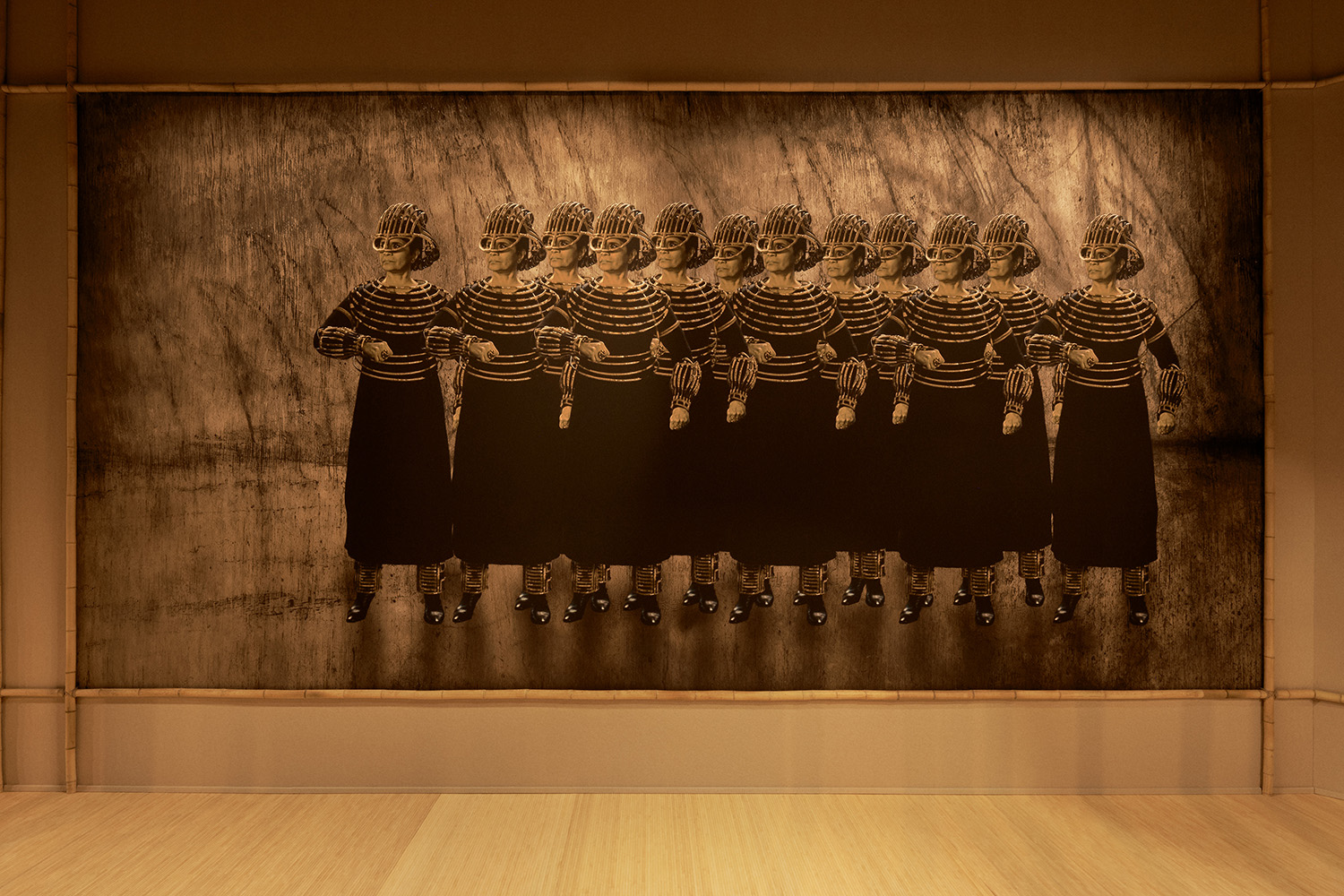
Born in 1950 in Karnataka, Shakuntala Kulkarni is an Indian artist living in Mumbai. Her work explores the relationship between the female body and urban public and private spaces. This body has often been represented and perceived as stripped of force, in the sense of physical, muscular strength the primacy of which has been conferred on men. Inserted into the heart of the city, the body cannot be neutral, as it is interconnected with material, symbolic and sociological definitions.
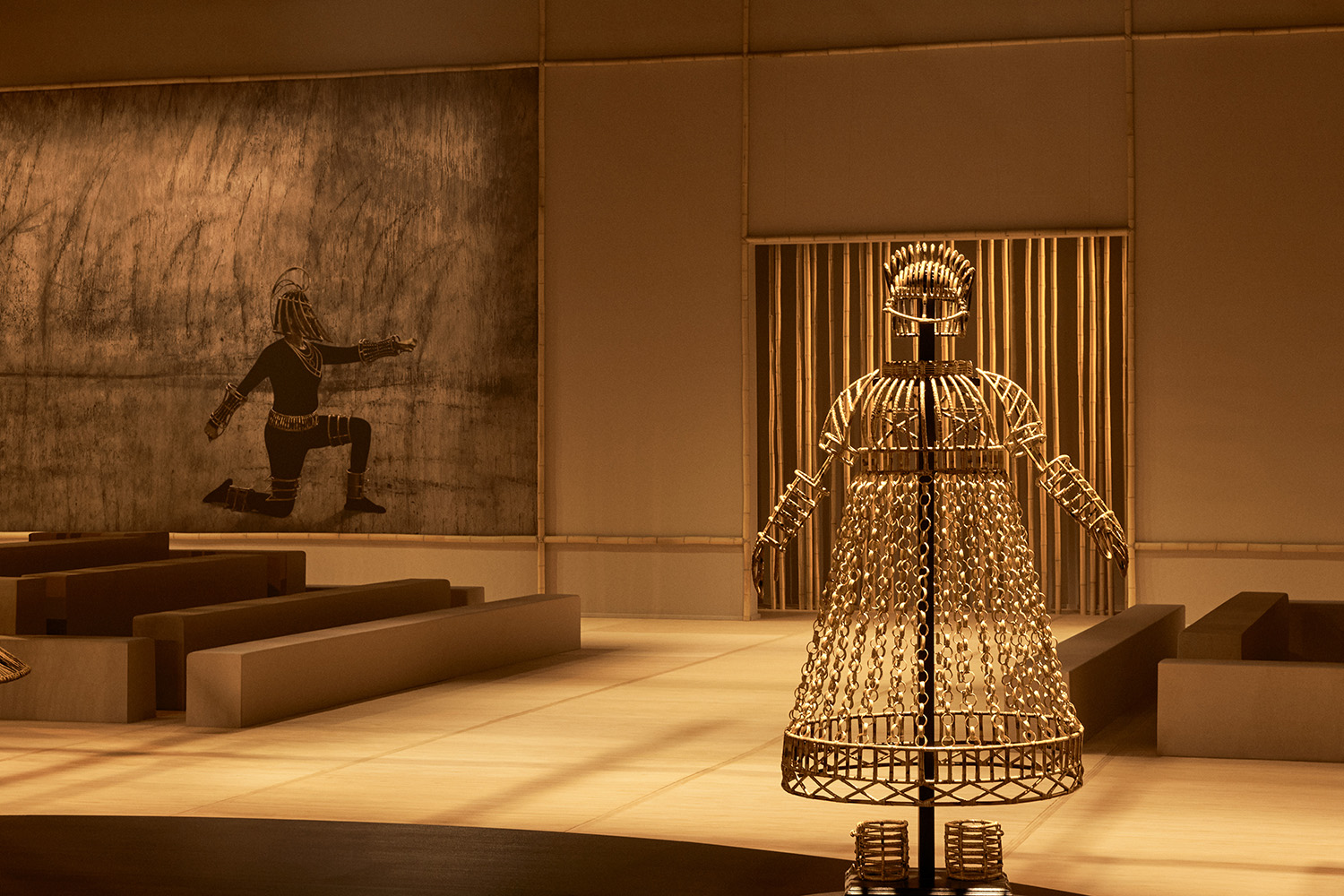
It is always placed in situ, occupying its position and location in the world, and therefore represents the primary means of a political relationship, insofar as it returns subjectivity to its exposed, gendered and plural dimension. A female body, outside the domestic sphere, becomes a social construct.
In her series “of bodies, armour and cages“, Shakuntala Kulkarni uses cane, a flexible, elastic medium, to design armatures: sculpted, high-performance elements that clothe, protect and transform the body, but at the same time imprison it in a kind of cage with a seductive yet uncomfortable aesthetic.
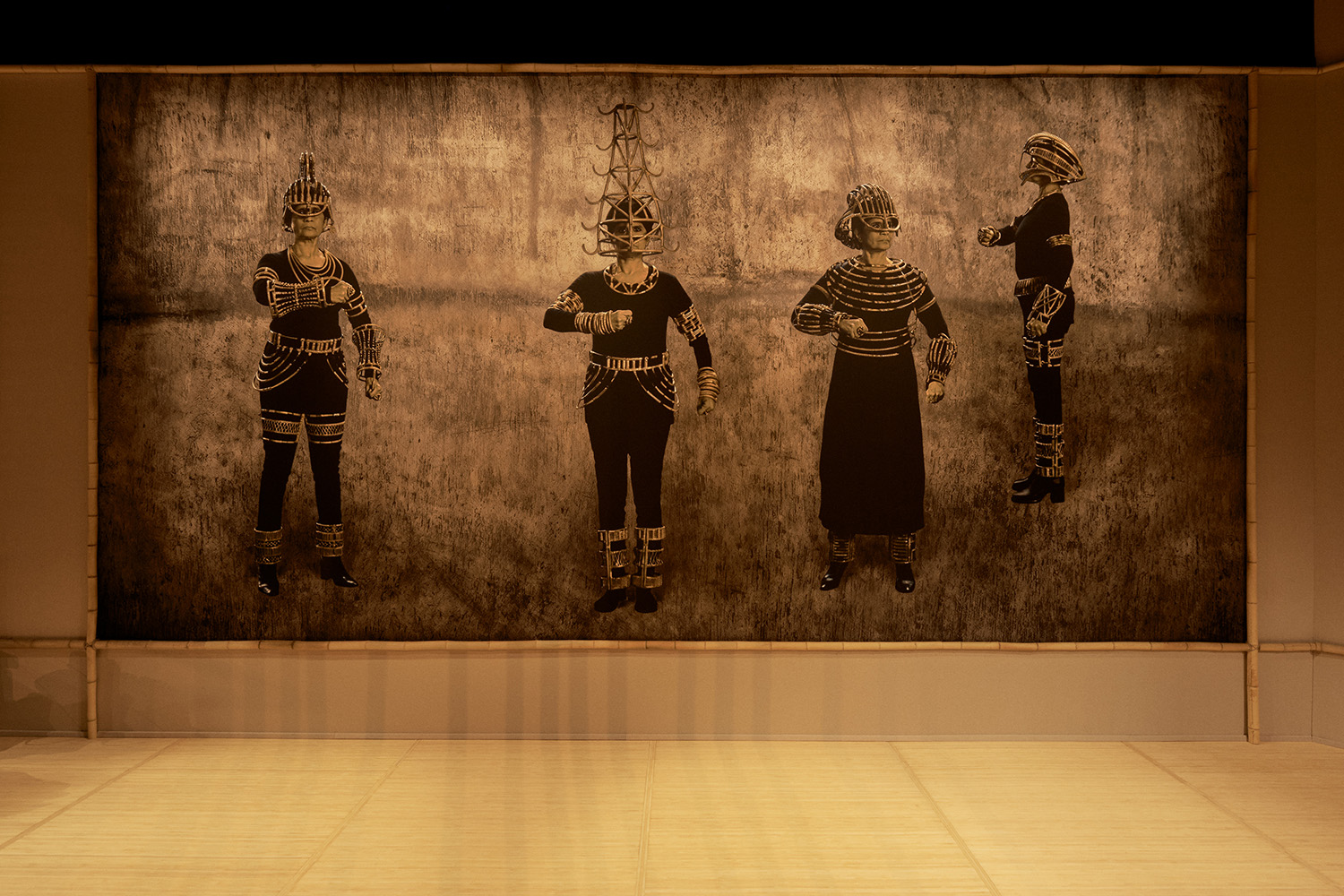
The cane frames are the fruit of an experiment started in 2010 with the help of artisans specialized in processing this material. They are shaped to the body measurements of the artist, who can wear and inhabit each of them. Her first photo performance was about protecting her city Mumbai by standing in her armour, in the places she had spent her childhood, places she used to frequent with her family and for her work, where a certain type of community life and culture was disappearing. Her presence, immobile in these very places, symbolically expressed her role as protector of traditions, history and culture. Her gesture came from a specific geographical area, India, but is potentially transposable to all environments and cultures.
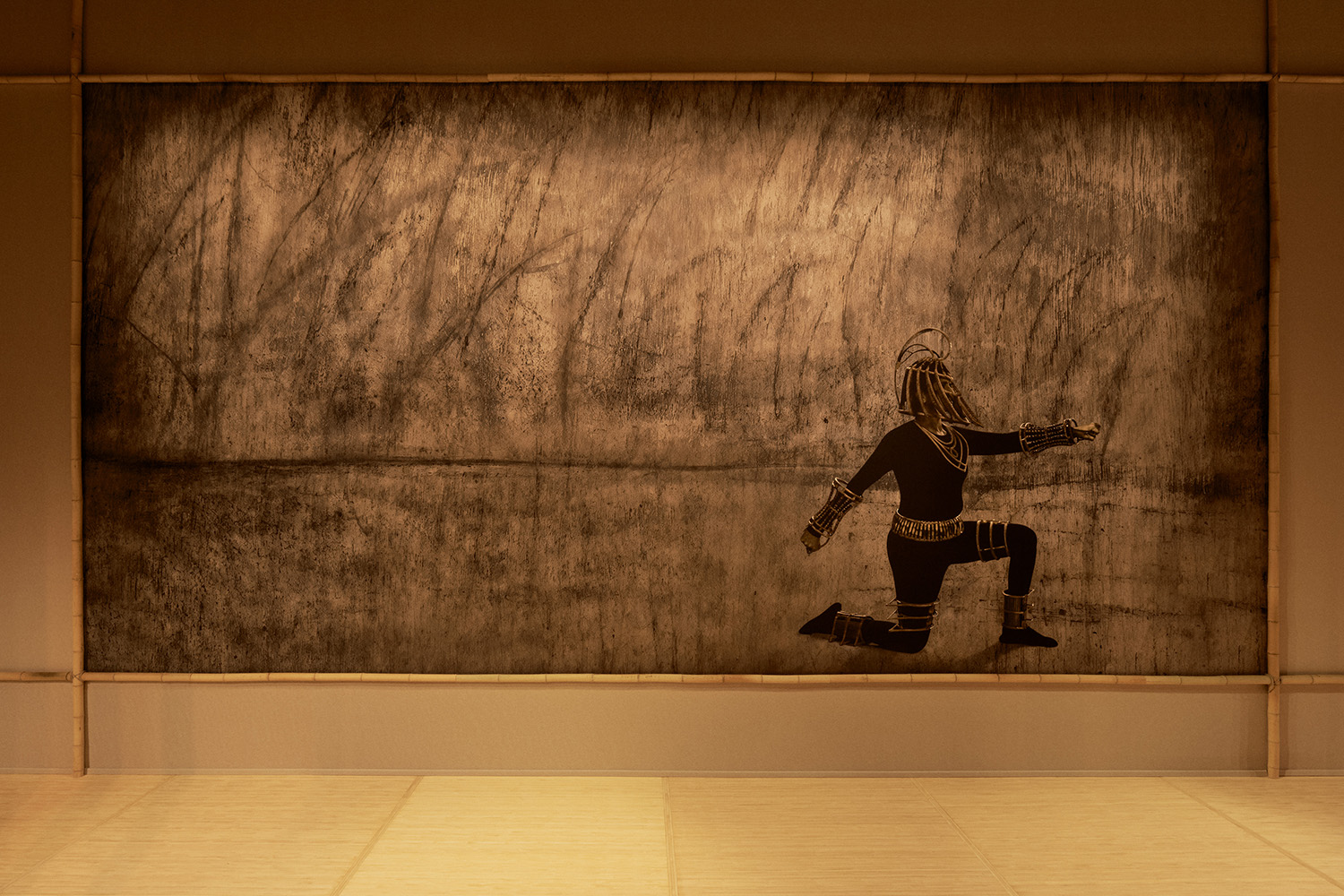
In her live performances, Shakuntala Kulkarni borrows complex choreography from theatre and Indian dance forms as well as from yoga, in which strength, balance and grace interpenetrate. The movements suffuse courage, resilience, generosity and dignity. The armour depicts the amalgamation of various cultural influences and features an entire body language of iconic mythological and historical figures.
In 2016, Shakuntala Kulkarni produced a video entitled Juloos, in which she plays the lead role, evolving like a female warrior, wearing a helmet and other cane elements.
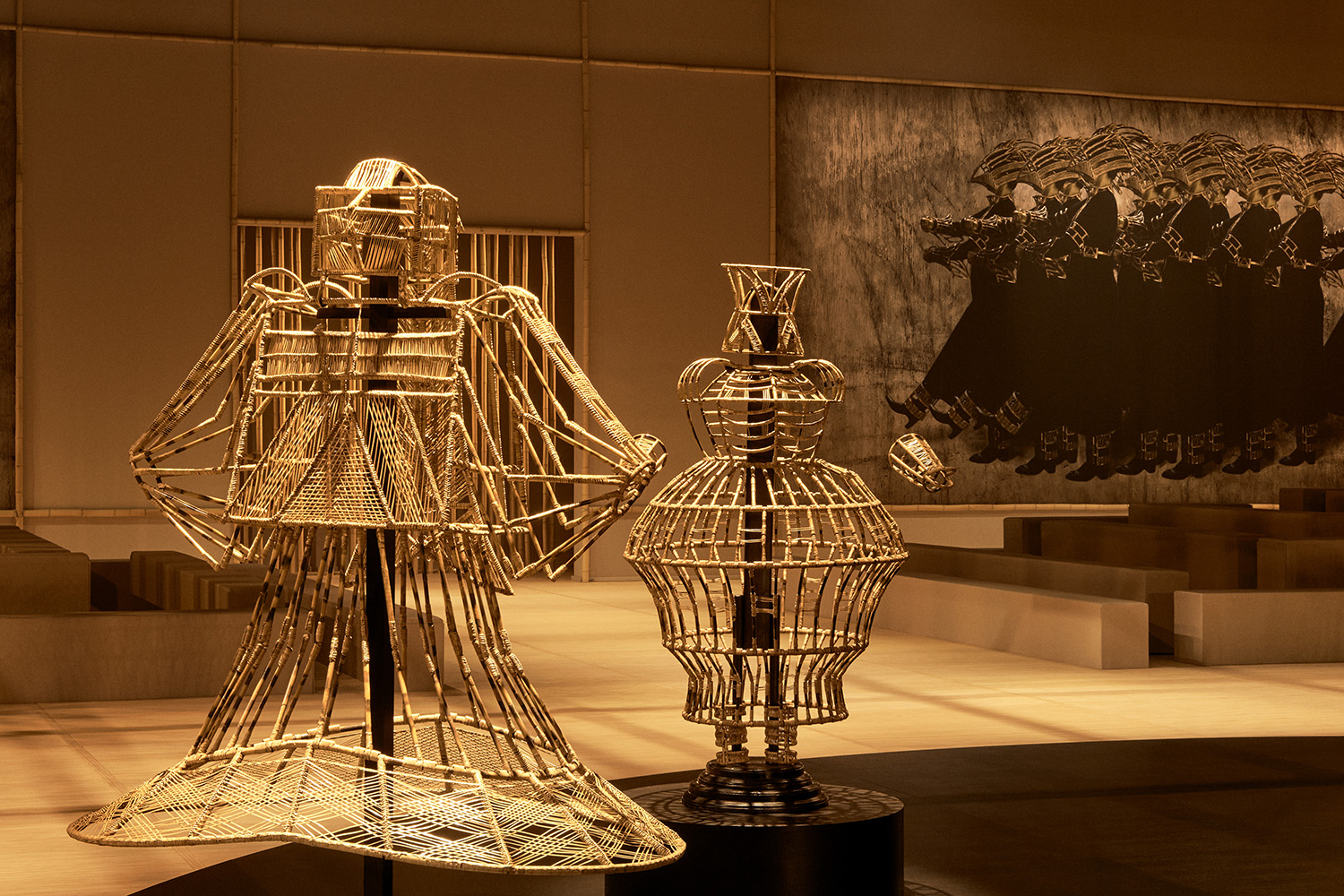
In her installation for the Dior autumn-winter 2024-2025 ready-to-wear show thought up by Maria Grazia Chiuri, at the Jardin des Tuileries, the artist unveils, alongside her sculptures, various extracts from this film. Printed on canvas, they integrate the elements of the set to give the whole a performative essence. The rediscovery of the fighting power that a woman’s body can embody is a key point in the personal, political and cultural journey of feminist liberation, a prevalent news theme in many parts of the world.
This piece questions feminine subjectivity, not only from the point of view of the body and its social and political vulnerability, but above all from its power in relation to the urban space and social system in which we evolve.
Paola Ugolini and Maria Alicata

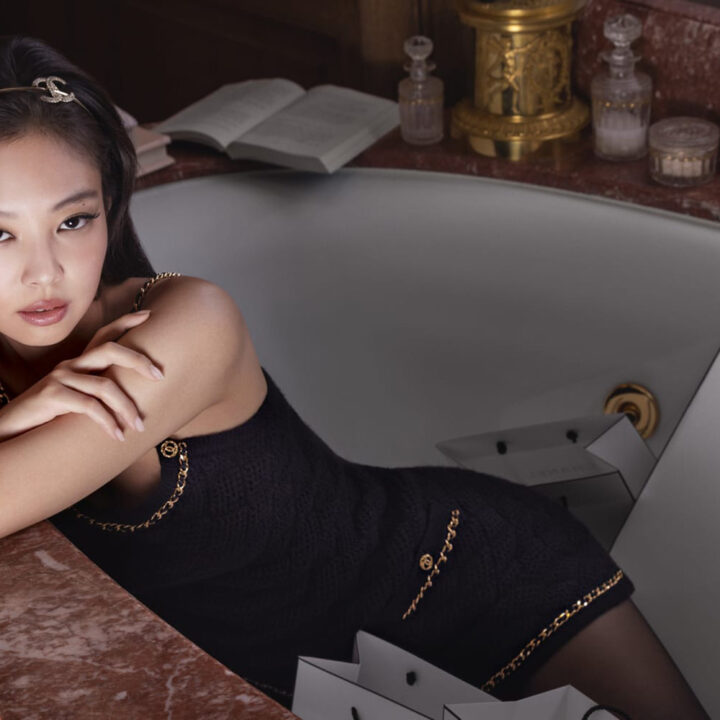
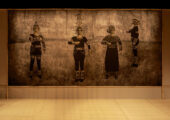
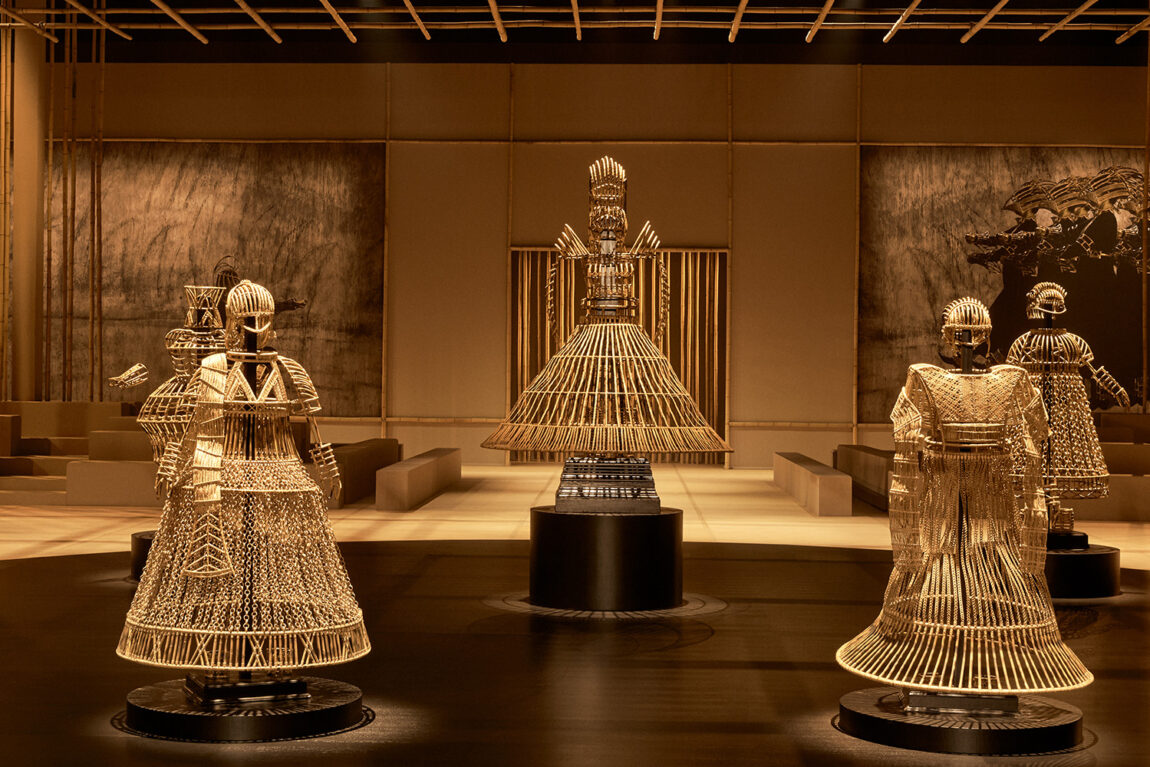



Comments are off this post!